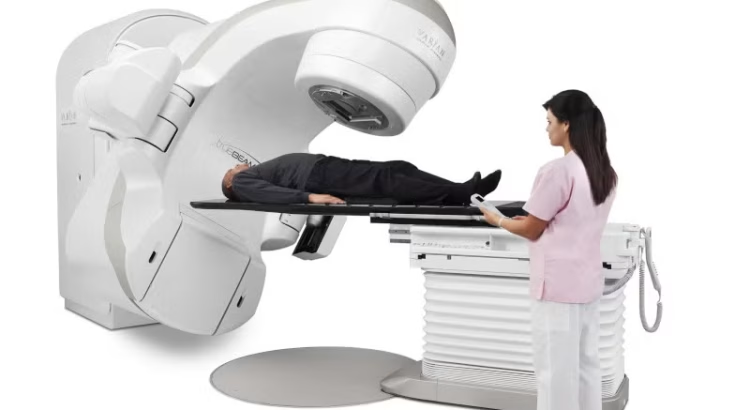ABGX – Radiation protocols treatment has long stood at the center of cancer care. Now, thanks to rapid medical tech evolution, new protocols emerge with precision, safety, and speed. Doctors once relied on general targeting. Today, they customize each dose with millimeter accuracy. This shift means patients heal faster, experience fewer side effects, and benefit from smarter, data-driven interventions.
AI Refines Treatment Plans
Artificial intelligence plays a big role in modern radiation therapy. Instead of following standard schedules, AI analyzes tumor shape, size, and growth speed. As a result, it suggests personalized dosage and angle adjustments. Physicians review and fine-tune suggestions daily. This collaboration between tech and medicine saves time and reduces manual error. Therefore, patients get more effective results with fewer complications.
“Read More: 7 Worst Weapons in Free Fire 2025, Auto Booyah!”
Imaging Tools Go Real-Time
Previously, CT scans guided treatment only before radiation began. Now, real-time imaging tools track tumors as the body moves. For instance, respiratory motion once caused misalignment. Today, machines auto-adjust in milliseconds. In addition, tumors shrink gradually, and new imaging helps doctors react on the spot. The shift toward live visuals transforms how radiation responds to evolving conditions.
Wearables Monitor Side Effects Early
Patients used to report side effects after they worsened. Thanks to smart wearables, doctors now receive alerts in real time. These devices track skin temperature, heart rate, and fatigue. When abnormalities appear, nurses reach out within hours—not days. Furthermore, collected data helps predict reactions for future patients. The result is earlier care and lower chances of interruption during treatment.
“Read About: Stop Believing These 10 Radiation Myths”
Proton Therapy Gains Ground
Unlike traditional radiation, proton therapy delivers energy with pinpoint focus. It stops at the tumor and spares nearby tissue. This technique once cost too much for wide use. However, recent developments have reduced the price and machine size. More hospitals now offer this option. Especially for children and brain cancer patients, proton therapy reduces long-term damage without losing effectiveness.
Automation Speeds Daily Setup
Setting up radiation equipment once took over 20 minutes. Now, automated calibration systems cut that time in half. Machines remember body contours and patient positions. Technicians verify everything with just a few clicks. Not only does this shorten wait times, but it also reduces the risk of misalignment. Because of automation, staff stay focused on patient interaction.
Global Access Expands with Portables
In the past, rural areas had no access to radiation therapy. Today, portable linear accelerators bring care to small clinics and mobile hospitals. These units fit inside vans or compact spaces. With solar backup and remote diagnostics, they work even in disaster zones. Consequently, more patients in low-income regions receive life-saving treatment without relocating.



